At the start of a project to transition from Hold'em to Omaha, two-card regulars inevitably make mistakes in the new discipline. Some of them are because of their own gaps in knowledge and are very individual, but there are also repetitive mistakes that are typical for most beginners. We turned to GreenLine trainers to select the most typical examples from group chats and explain what was done wrong.
Philip Aule

It is difficult to find many suitable examples – I have a very strong group, and students already at the start make very few mistakes.
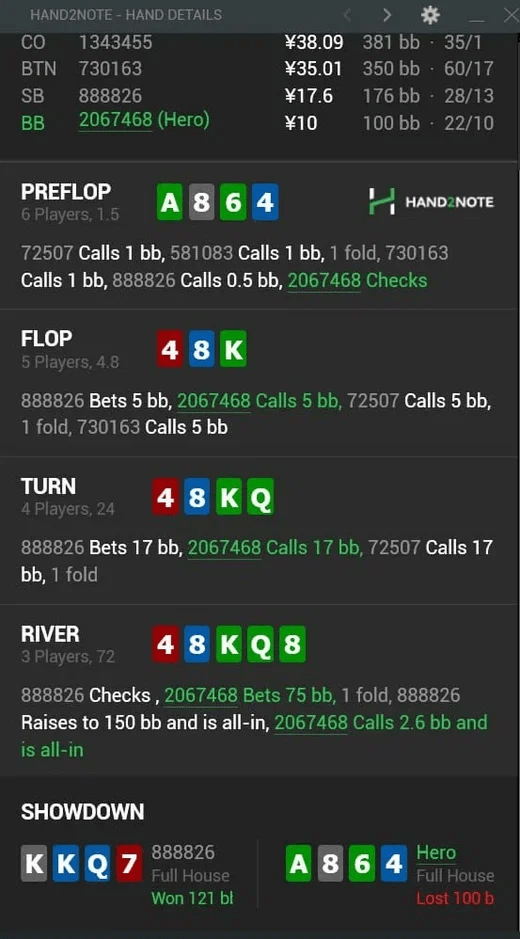
The main mistake is overestimating the strength of your hand in a multiway pot. Two pair with the nut backdoor flush draw seems like a strong hand, but there are five people in the pot! It's possible to fold the flop.
The second mistake in this hand was made on the river. The low full house is a tricky hand. A full pot on the river will be hard for an opponent with a flush to pay off, especially with the non-nuts. A small bet looks better here.
Konstantin Kosta_rus

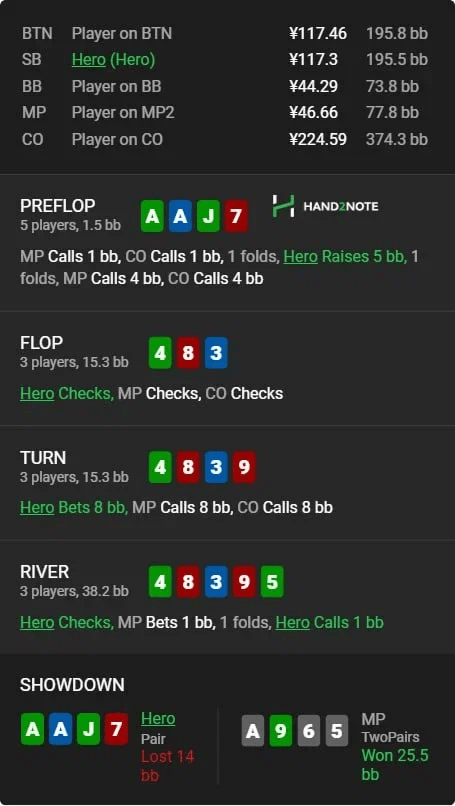
The first common mistake players make when moving to Omaha is overvaluing two aces. We are up against two fish with a VPIP above 80% against whom we have much less fold equity. Flop and turn, we should check and give up to aggression.
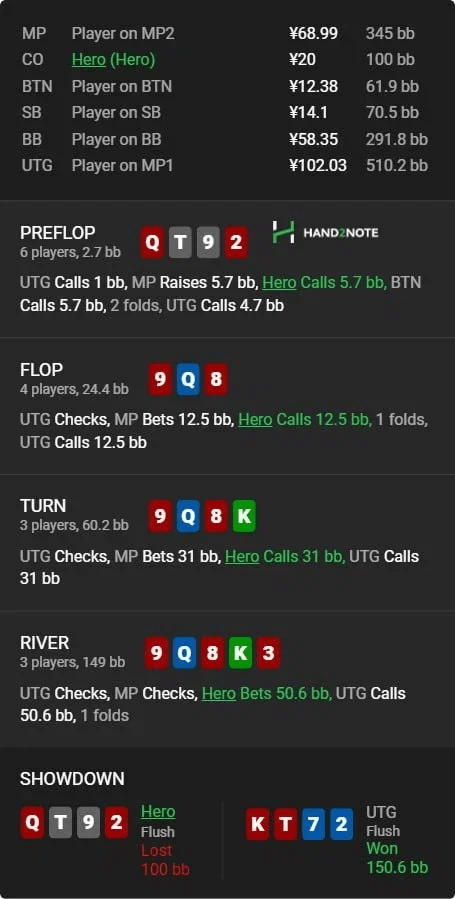
The second common mistake is overvaluing certain types of hands preflop. Hand with two suits seems beautiful to us, but in fact, it is too weak to call. The bottom of the range will be QT76ds. A preflop mistake resulted in a 50bb loss.
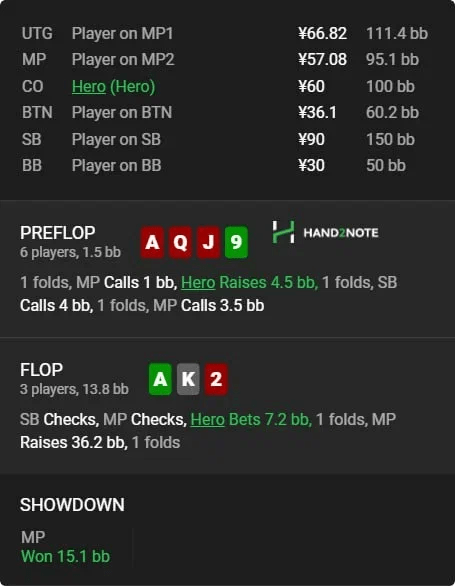
Reevaluate your medium hands. We're up against two opponents with loose and passive statistics against whom we don't have the fold equity we need, yet they'll easily let us realize our equity by checking.
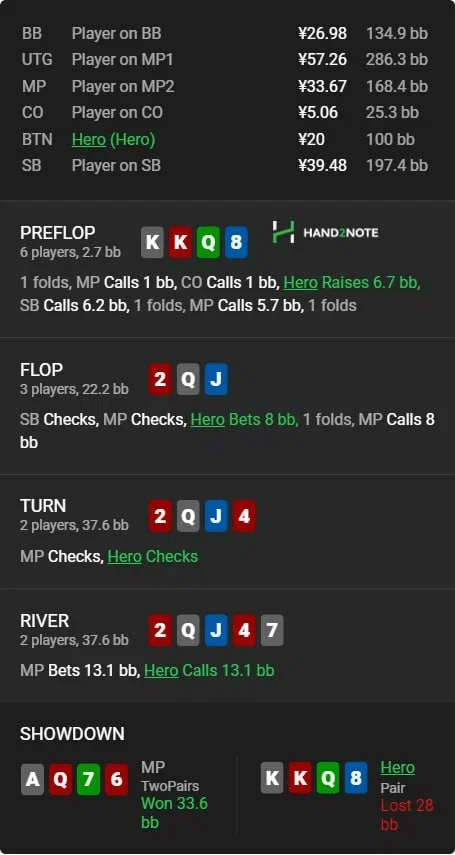
This is the wrong approach to playing against fish and underestimating the equity of hands in Omaha. Against us are two fish with VPIP 60+ and 78+, who have an extremely wide preflop, which means a lot of garbage in their hands. But even with this preflop action, they have a lot of equity. This means we need a bigger sizing against them, I would bet around 80% and up.
On the turn, we only have an overpair with a top pair blocker, but against a player with a VPIP of 78+ one more bet could be made.
Anatoly Aalternative

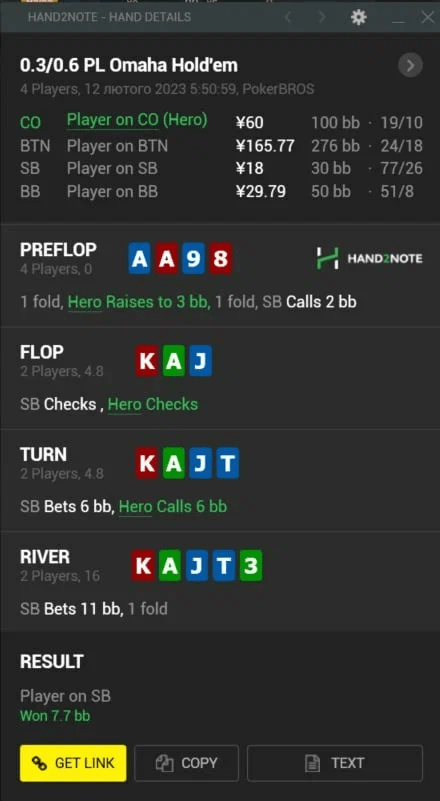
We tighten up too much after the flop! A continuation bet on this flop is mandatory. We bet the flop and bet the turn with a willingness to accept a push from an opponent even on such a terrible runout – a set with a nut flush draw has a lot of equity even against a straight.
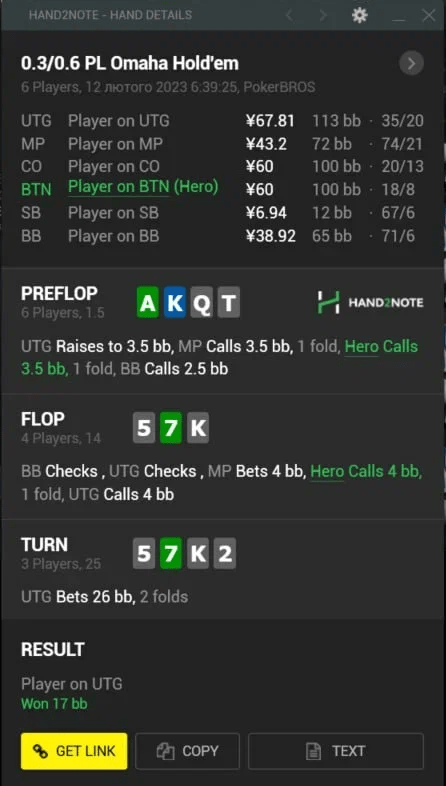
with a suited queen, we fold in position in a multiway pot for a simple reason: the regular's range UTG dominates us, and having a fish in MP will not give us a sufficient advantage due to the fact that we only have the third best flush draw. On the turn, folding is fine, there is no point in defending our hand – opponents on UTG have a lot of combinations with the nut flush.
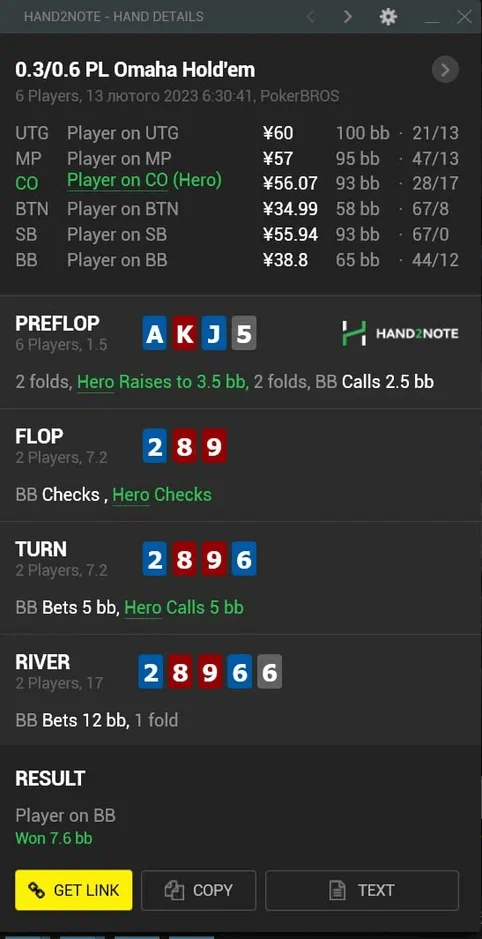
We should fold here on the turn, since we don't have enough equity and there is no great hope of getting paid off enough if we do get there. A c-bet looks good on the flop, as we have a lot of turns to continue on, and our king of hearts and jack block draws, but there is no crime in checking either. The main mistake in this hand is calling on the turn.
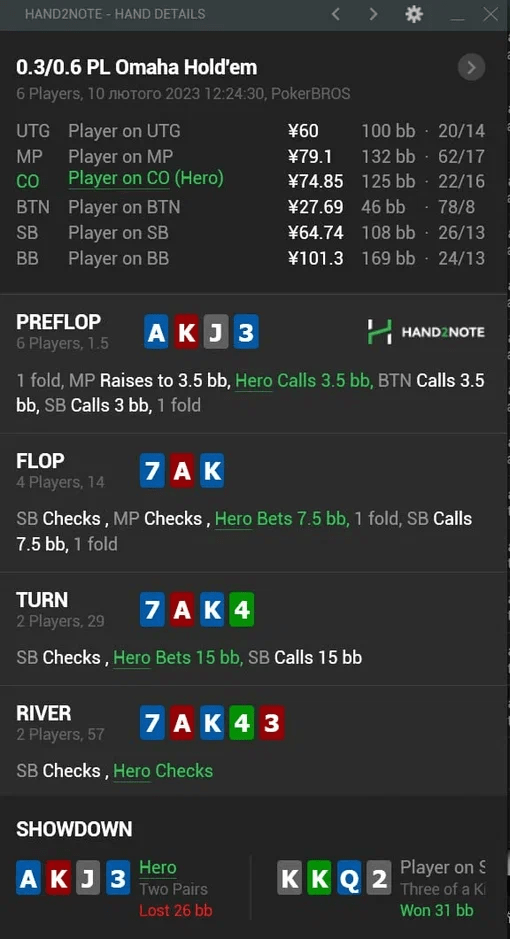
The only problem with this hand is we should just be folding preflop when we're in the cutoff! Our hand is good on the button, where it is easy to play post-flop and, importantly, it is easy to make a decision after a squeeze depending on the reaction of opponents.
When do you think we can enter the pot: after a squeeze and call from the raiser, or after a squeeze and fold?
Seems counterintuitive, but...
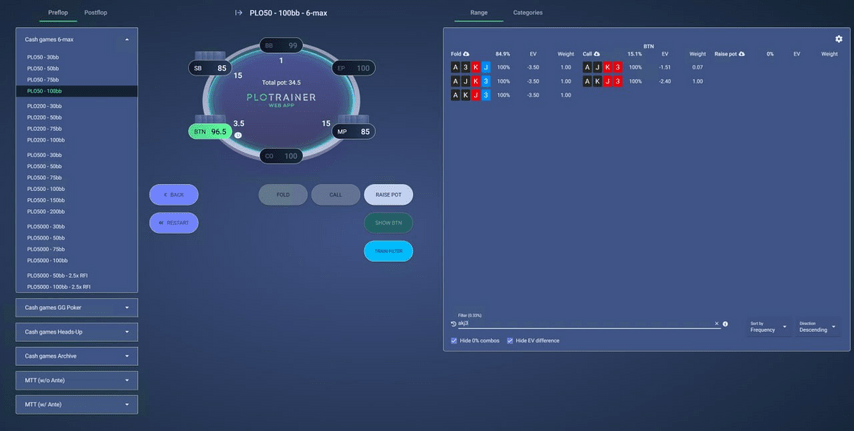
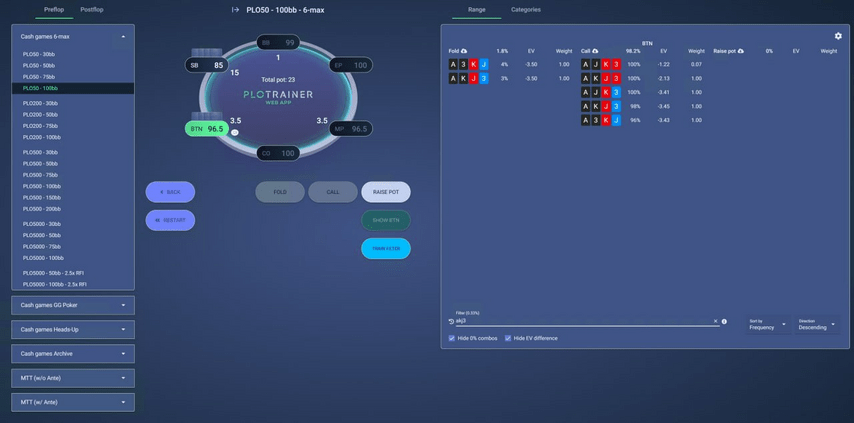
...the call is only against one opponent, not against two. The fact is that we are too close in our range with the preflop raiser, so in a multiway pot we will catch flops suitable to continue with less often.
And post flop... I don't look at post flop if there's a preflop mistake. And I advise you don't either – this is a road to nowhere.











